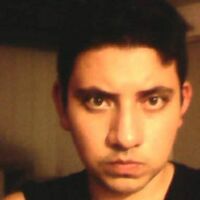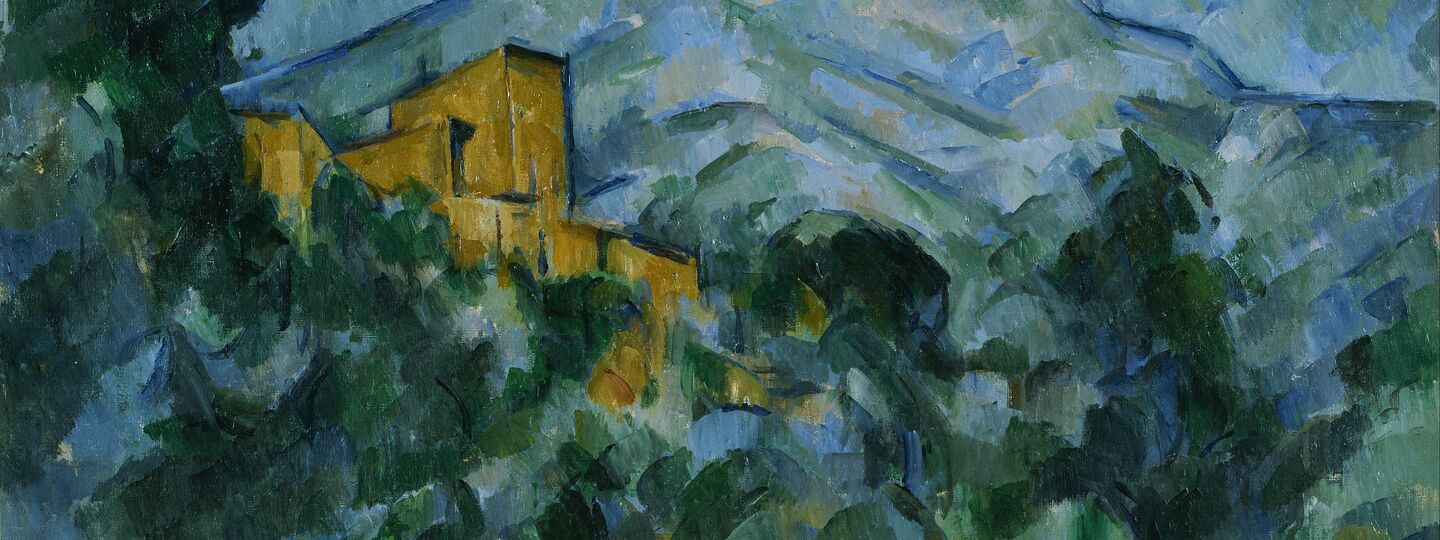
Info
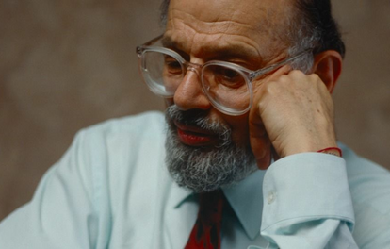
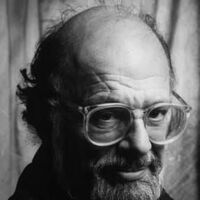
Allen Ginsberg was born on June 3, 1926, in Newark, New Jersey. The son of Louis and Naomi Ginsberg, two Jewish members of the New York literary counter-culture of the 1920s, Ginsberg was raised among several progressive political perspectives. A supporter of the Communist party, Ginsberg's mother was a nudist whose mental health was a concern throughout the poet's childhood. According to biographer Barry Miles, "Naomi's illness gave Allen an enormous empathy and tolerance for madness, neurosis, and psychosis." As an adolescent, Ginsberg savored Walt Whitman, though in 1939, when Ginsberg graduated high school, he considered Edgar Allan Poe his favorite poet. Eager to follow a childhood hero who had received a scholarship to Columbia University, Ginsberg made a vow that if he got into the school he would devote his life to helping the working class, a cause he took seriously over the course of the next several years. He was admitted to Columbia University, and as a student there in the 1940s, he began close friendships with William S. Burroughs, Neal Cassady, and Jack Kerouac, all of whom later became leading figures of the Beat movement. The group led Ginsberg to a "New Vision," which he defined in his journal: "Since art is merely and ultimately self-expressive, we conclude that the fullest art, the most individual, uninfluenced, unrepressed, uninhibited expression of art is true expression and the true art." Around this time, Ginsberg also had what he referred to as his "Blake vision," an auditory hallucination of William Blake reading his poems "Ah Sunflower," "The Sick Rose," and "Little Girl Lost." Ginsberg noted the occurrence several times as a pivotal moment for him in his comprehension of the universe, affecting fundamental beliefs about his life and his work. While Ginsberg claimed that no drugs were involved, he later stated that he used various drugs in an attempt to recapture the feelings inspired by the vision. In 1954, Ginsberg moved to San Francisco. His mentor, William Carlos Williams, introduced him to key figures in the San Francisco poetry scene, including Kenneth Rexroth. He also met Michael McClure, who handed off the duties of curating a reading for the newly-established "6" Gallery. With the help of Rexroth, the result was "The '6' Gallery Reading" which took place on October 7, 1955. The event has been hailed as the birth of the Beat Generation, in no small part because it was also the first public reading of Ginsberg's "Howl," a poem which garnered world-wide attention for him and the poets he associated with. In response to Ginsberg's reading, McClure wrote: "Ginsberg read on to the end of the poem, which left us standing in wonder, or cheering and wondering, but knowing at the deepest level that a barrier had been broken, that a human voice and body had been hurled against the harsh wall of America..." Shortly after Howl and Other Poems was published in 1956 by City Lights Bookstore, it was banned for obscenity. The work overcame censorship trials, however, and became one of the most widely read poems of the century, translated into more than twenty-two languages. In the 1960s and 70s, Ginsberg studied under gurus and Zen masters. As the leading icon of the Beats, Ginsberg was involved in countless political activities, including protests against the Vietnam War, and he spoke openly about issues that concerned him, such as free speech and gay rights agendas. Ginsberg went on to publish numerous collections of poetry, including Kaddish and Other Poems (1961), Planet News (1968), and The Fall of America: Poems of These States (1973), which won the National Book Award. In 1993, Ginsberg received the Chevalier des Arts et des Lettres (the Order of Arts and Letters) from the French Minister of Culture. He also co-founded and directed the Jack Kerouac School of Disembodied Poetics at the Naropa Institute in Colorado. In his later years, Ginsberg became a Distinguished Professor at Brooklyn College. On April 5, 1997, in New York City, he died from complications of hepatitis. Selected Bibliography Poetry * Howl and Other Poems (1956) * Kaddish and Other Poems (1961) * Reality Sandwiches (1963) * The Yage Letters (with William S. Burroughs, 1963) * Planet News (1968) * The Gates of Wrath: Rhymed Poems 1948–1951 (1972) * Iron Horse (1972) * The Fall of America: Poems of These States (1973) * First Blues: Rags, Ballads & Harmonium Songs 1971 - 1974 (1975) * Mind Breaths (1978) * Plutonian Ode: Poems 1977–1980 (1982) * Collected Poems: 1947–1980 (1984) * White Shroud Poems: 1980–1985 (1986) * Cosmopolitan Greetings Poems: 1986–1993 (1994) * Howl Annotated (1995) * Illuminated Poems (1996) * Selected Poems: 1947–1995 (1996) * Death and Fame: Poems 1993–1997 (1999) Prose * Deliberate Prose 1952–1995 (2000) * The Book of Martyrdom and Artifice: First Journals and Poems 1937-1952 (2006) References Poets.org - www.poets.org/poet.php/prmPID/8
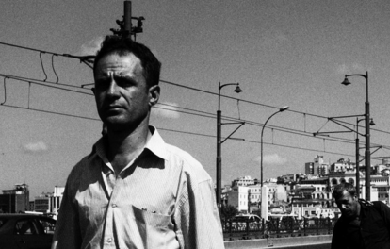
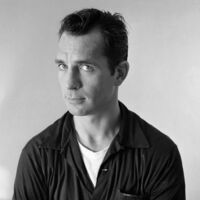
Born in Lowell, Massachusetts on March 12, 1922, Jack Kerouac was baptised Jean Louis Kirouac, the youngest of three children of French-Canadian immigrants from Quebec, Canada. He was raised speaking the French-Canadian working class dialect Joual until he learned English at age five. Kerouac studied at local Catholic public schools and the Horace Mann School in New York City, as well as Columbia University and The New School. He was awarded athletic scholarships to attend Boston College, Notre Dame and Columbia, though an injury during his freshman season at Columbia kept him from playing and eventually led to his dropping out of school. In 1942, Kerouac joined the United States Merchant Marine, and a year later joined the United States Navy—he served only eight days of active duty before being honorably discharged on psychiatric grounds. Soon after, Kerouac was involved as an accessory in the murder of David Kammerer, having helped his friend Lucien Carr dispose of evidence, and was arrested as a material witness. Unable to convince his father to pay for bail, Kerouac agreed to marry fellow writer Edie Parker, who supported him financially, and moved to Detroit, Michigan. Their marriage was quickly annulled due to infidelity, and Kerouac returned to New York in 1944. Upon Kerouac's return to New York, he lived with his parents in Queens, where he wrote his first novel, The Town and the City (1950). Through Lucien Carr, Kerouac had met many of the literary figures now associated with the Beat Generation, including Allen Ginsberg and William S. Burroughs, and in 1949 began his most famous literary work, On the Road, which was tentatively titled "The Beat Generation" and "Gone on the Road". Kerouac finished the largely autobiographical novel in April 1951, though it remained unpublished until 1957. During that time, Kerouac completed ten other autobiographical novels, including The Subterraneans, Doctor Sax, Tristessa, and Desolation Angels. In July of 1957, Kerouac moved to Orlando, Florida, while awaiting the release of On the Road (Viking Press) later that year. Soon after, the New York Times ran a review lauding Kerouac as the voice of a new generation. The success of the novel garnered Kerouac celebrity status as a major American author, and his friendship with Ginsberg, Burroughs, and Gregory Corso cemented the influence of what became known as the Beat Generation. Other poet friends of Kerouac include Philip Lamantia, Gary Snyder, Philip Whalen, Lawrence Ferlinghetti, Michael McClure, Bob Kaufman, Diane di Prima, Lew Welch, and Amiri Baraka. Though best known for his novels, Kerouac is also associated with poetry of the Beat movement, including spoken word. Kerouac wrote that he wanted "to be considered as a jazz poet blowing a long blues in an afternoon jazz session on Sunday." And in his "Statement on Poetics" for The New American Poetry, he asserts: "Add alluvials to the end of your line when all is exhausted but something has to be said for some specified irrational reason, since reason can never win out, because poetry is NOT a science. The rhythm of how you 'rush' yr statement determines the rhythm of the poem, whether it is a poem in verse-separated lines, or an endless one-line poem called prose . . ." In his introduction to Kerouac's Book of Blues, the poet Robert Creeley writes, "A complaint commonly lodged against Kerouac is that he was at best a self-taught 'natural,' at worst an example of the cul de sac the autodidact in the arts invariably comes to, a solipsistic 'world' of his own limitations and confusions." He goes on to state that Kerouac's poems themselves "provide an intensely vivid witness of both writer and time." Other books published later in Kerouac's career include The Dharma Bums and Big Sur. Jack Kerouac died from a chronic liver disease on October 21, 1969 at St. Anthony's Hospital in St. Petersburg, Florida, the result of a lifetime of heavy drinking. References Poets.org - http://www.poets.org/poet.php/prmPID/1016
I was born in the not so quaint mountain town of Denver, Colorado. With mountains looming and hovering to the west, no matter where you go, the rivers run high and the skyline sun is blinding. I moved from Denver to New York, September 2013 to pursue an idea of acting at Stella Adler.I am currently residing in a cultural, Caribbean epicenter of Brooklyn,NY. I seek to recover myself and break myself as a NY actor.


